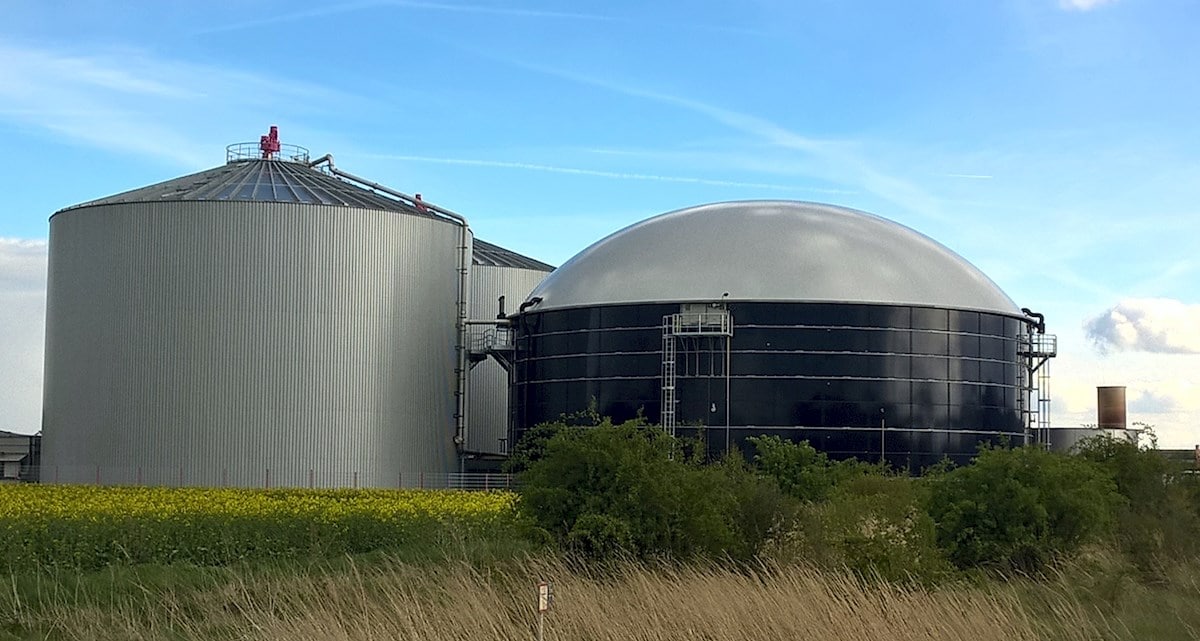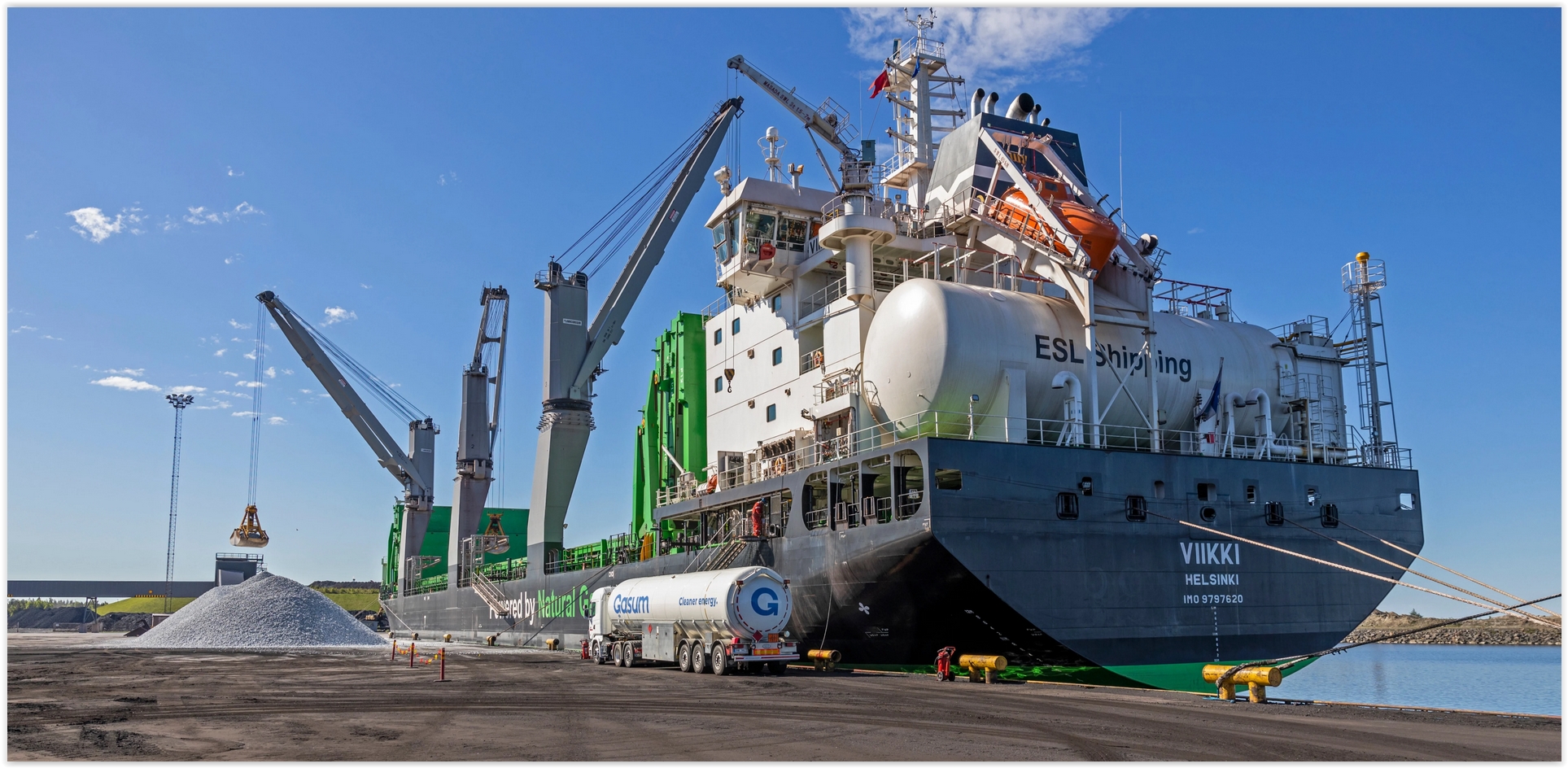The decarbonization of the maritime sector is a complicated issue, and its resolution will call for interdisciplinary cooperation across several domains, as well as innovation, stakeholder engagement, and legal, regulatory, and even financial incentives. Even though they make up a very small portion of all transportation fuel consumed, biofuels are thought to be the one of the most viable solutions for reducing CO2 emissions in the transportation sector.
Based on carbon as a source, the European Biofuels Technology Platform classifies first, second, third, and fourth generation biofuels as follows:
First Generation: Directly derived sugar, fat, or starch from a plant serves as the biofuel’s carbon source. The crop is said to compete with food, either directly or indirectly.
Second Generation: Cellulose, hemicellulose, lignin, or pectin are the sources of the biofuel carbon.
Third Generation: Aquatic autotrophic organisms, such as algae, provide the carbon for the biofuel.
Fourth Generation: To enhance production output, this kind of biofuel combines genetically modified feedstock with genomically prepared organisms, typically algae.
Importance of Biogas and Biomethane
Due to their high energy density and “availability of sustainable biomass,” “bio-LNG, bio-MGO, and bio-methanol” are the recommended fuels for the marine industry, according to DNV’s 2022 updated report “Maritime Forecast 2050.”
If the organic component of municipal solid waste, agricultural wastes, forestry wastes, or aquatic autotrophic organisms that are not in direct or indirect competition with food crops are the source of biogas and biomethane, they are regarded as advanced biofuels. Consequently, compared to first generation biomethane, the production and use of advanced biomethane is more environmentally and ethically sustainable. Since advanced biofuels have nearly net zero carbon potential, they are appealing options for the maritime sector.
Biogas and biomethane have similar chemical and physical properties to natural gas, with the main difference being the CH4 content. Therefore, the direct use of biogas and biomethane in existing engines and/or infrastructure (including storage and transportation) is the most competitive fact.
Synthetic Natural Gas
The majority of ships in the world operate on heavy fuel oil (HFO). The necessity to create low-carbon solutions has arisen from the climate problem. LNG, or liquefied natural gas, has emerged as the preferred substitute in recent times; yet, it remains a fossil fuel that emits greenhouse gasses. A recent low-carbon substitute is synthetic natural gas or simply SNG. Because SNG and LNG’s primary combustible component share the same chemical makeup, SNG can be utilized directly in place of LNG or combined with it, depending on availability.
Through the processes of gasification and methanation, biomass and fossil fuels can be converted into synthetic natural gas (SNG). In power-to-gas systems, for instance, renewable or excess energy can also be used to produce SNG.
SNG is most suited for ships that now run on LNG and in recent future aim to reduce emissions even more. It is also best suited for two- and four-stroke dual-fuel engines. With the appropriate tools, obtaining fuel supply on board a ship is rather simple, just like with LNG. Before bunkering, the new gaseous fuel must be stored at cryogenic conditions (-162°C). Nevertheless, SNG can also be utilized to feed an existing LNG infrastructure.
Biogas
Known also as liquefied biomethane or bio-LNG, liquefied Biogas (LBG) is a 100% renewable fuel that, when compared to conventional fuel, can reduce CO2 emissions by up to 90% over the course of its life cycle.
The usage of LBG contributes to cleaner air, especially for those who live near busy ports and the sea. It emits almost no particulate matter (PM) and almost zero oxides of nitrogen (NOx) and sulfur oxides (SOx). LNG and LBG can be used interchangeably as fuels since their primary component is methane (CH4). It follows that mixing of the two gasses is possible. One of the practical steps that will lead us to a future low-carbon civilization is the use of both LNG and LBG.
Only carbon dioxide (CO2) and water (H2O) are released into the atmosphere during LBG burning. The carbon dioxide in the LBG comes from sources that would naturally emit carbon dioxide during combustion since it is made of biodegradable components. As a result, LBG is a renewable and sustainable product that doesn’t increase atmospheric CO2.
Challenges of Biogas
There are some significant problems with using biogas in internal combustion engines (ICEs): elevated CO2 level that reduces generation of power.
Since H2S is acidic, engine damage can occur quickly; elevated residual moisture, which may affect ignition (during the start-up of the ICE); variations in the quality and pressure of the gas mixture; engine component damage brought on by siloxanes burning.
Siloxanes are found in landfills and anaerobic digestion; silicon-based impurities are present in their chemical composition. Depending on the temperature, the burning of siloxanes leaves behind white deposits (either crystalline or amorphous) on a number of engine parts and other units (valves, engine heads, boiler tubes, intercooler radiator), which may affect the performance.
Biomethane
Thus, the conversion of biogas to biomethane might be a solution because it gets rid of dangerous contaminants. Methane (CH4) and carbon dioxide (CO2) are the principal constituents, with water vapor (H2O), hydrogen sulfide (H2S), nitrogen (N2), hydrogen (H2), oxygen (O2), carbon monoxide (CO), siloxanes, and ammonia (NH3) being possible minor constituents. Keep in mind that upgrading increases biogas’s heating value since it removes CO2.
Considering its CO2 emissions are either very low or even negative from a well-to-wake perspective, depending on the feedstock used to make it, biomethane has enormous promise as a future fuel to satisfy current and future maritime emission reduction targets. Moreover, it doesn’t call for changes to current LNG fuel handling, storage, or engine technologies.
Various feedstocks can be used to manufacture biomethanol. Based on the feedstock, it may be carbon neutral. It can also make use of the existing infrastructure for LNG storage and supply. Onboard a vessel, bioethanol is simple to handle and store. is compatible with current gas engines and doesn’t require modification. Moreover, it combines nicely with fossil LNG.
The main drawback is that it’s not readily available as a marine fuel.
Related Articles










